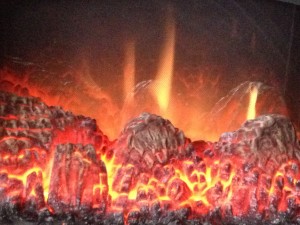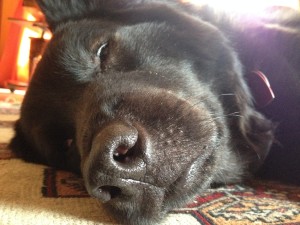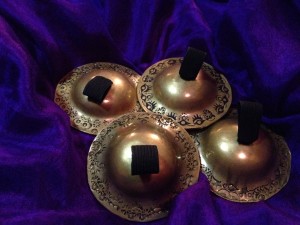
I find my inspiration in Seattle’s dark alleys.
Seattle burned to the ground in 1889. 32 blocks of the city were rebuilt to new fire standards and so far (fingers crossed), they’ve done OK with quakes (with a few exceptions).
Seattle’s rain is no myth. Like New Orleans, downtown’s streets end up with puddles of “mystery” liquid that sometimes develops an oily sheen. Mix in some moss and subtract some sunlight and it doesn’t take much to imagine something dark and lovely hunting through Pioneer Square’s streets.
I also like to include real locations in my stories. Bars like the Alibi Room or restaurants like the Crumpet Shop show up in my work because I want readers to be able to taste what it’s like to live in Seattle.
But while I might go out in the streets at night hunting inspiration, when it comes time to express it in a story, I turn to locations I visit almost on a daily basis.
[soliloquy id="301"]
[soliloquy slug="green-lake-inspiration"]
My favorite place is probably Green Lake. Designed by the Olmsted brothers, who’d been hired by Seattle in 1903 to oversee park planning, this manmade lake includes a nearly three-mile track that I walk five to six days a week with my husband and dog.
But my history with Green Lake goes back to when I moved here from Detroit in 1987. I’ve walked that same track for nearly thirty years, oddly enough, almost always in the same direction. I’ve watched the seasons change, rabbits, eagles, hawks and red-winged blackbirds appear and disappear and had the opportunity to watch my own child and others grow into teenagers.
In other words, the lake provides a familiar place where I can go and observe change — a sort of laboratory of human expression, storytelling and condition combined with my absolute favorite source of inspiration — movement.
There is something to be said for knowing a large swathe of land with great intimacy and knowing that you share that space with people having a similar experience.
The Olmsteds created their parks with this kind of sensation in mind. If you’re lucky enough to live near one of the spaces that they created across the U.S. or in Canada, it’s worth exploring. But the same feeling can be had anywhere that you call home, because it’s going back to that same space day in and day out and looking really closely sometimes and not so closely the next that layers experiences in your brain. I believe an activity like walking or running allows you to coax those experiences onto the keyboard and combine your knowledge of daily existence with any dark, magical thing that strikes your fancy.
This piece was written as part of a blog carnival with six other others. Find out where they find their inspiration.


